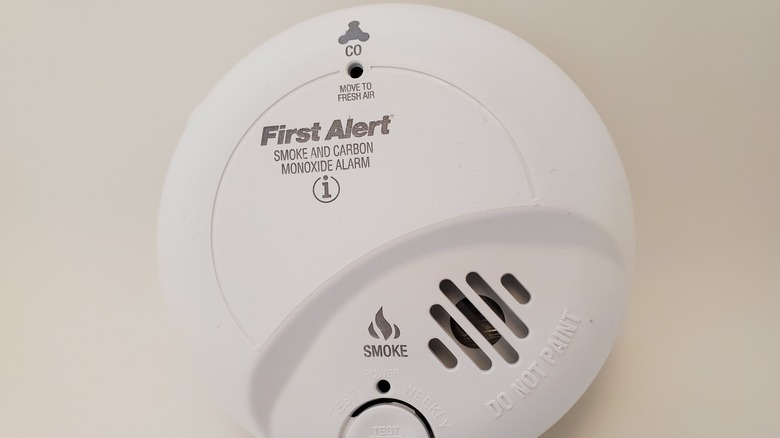It’s always a good idea to have a generator on standby if you own a home. That way, if you suddenly lose power due to some kind of grid failure or a natural disaster, you can still use important appliances like the refrigerator, outlets for phone chargers, or personal medical equipment. However, using a generator isn’t as simple as plugging one in and using it. According to the Federal Emergency Management Agency (FEMA), generators must always be operated outside, in an open, well-ventilated area due to the ever-present risk of carbon monoxide poisoning.
Even if you follow the guidelines for proper generator usage, it certainly never hurts to have a few extra layers of safety. For instance, if you purchase a Predator-branded generator from your local Harbor Freight rather than one of the other major generator brands, you may notice a large notice on the box that the generator features «CO SECURE» technology. What exactly is «CO SECURE» in these generators, and how can it help to keep you and your family safe from hazardous substances?
Why Harbor Freight CO SECURE is important
Gas-powered generators all produce carbon monoxide while in use. Carbon monoxide (CO) is completely colorless and odorless, so if you didn’t already know it was around you, you might heedlessly breathe it in. Carbon monoxide poisoning is a very real risk that accompanies generator usage and can result in sudden, severe illness and even death. This is the entire reason you’re only supposed to use a generator in a well-ventilated area like your backyard, to reduce the chances of breathing CO.
The CO Secure system present in Harbor Freight’s generators is designed to provide an extra level of warning and safety in this department, monitoring the ambient levels of CO to both keep you aware that the gas is present and, in a dangerous situation, halt generator activity to stop the substance’s proliferation. It’s not a full replacement for home CO detectors or proper generator protocol, but it definitely helps.
How CO detection works

Smith Collection/gado/Getty Images
The linchpin to the CO Secure system present in Harbor Freight’s generators is a built-in CO detection system. It’s thanks to this system that the generator can regulate itself, automatically powering down when dangerous levels of CO are detected.
We don’t know precisely how the CO detector in Harbor Freight generators work, but in all likelihood, it’s similar or identical to one of the two predominant CO-measuring formats. The first, most common form of CO detector utilizes an electrochemical sensor. Basically, an electrode is dipped into a little patch of conductive electrolytes, and when CO enters the compartment housing that patch, a small electrical surge occurs. Depending on how big the surge is, the detection system can determine how much CO is floating around nearby.
The other major CO detector format utilizes a metal oxide sensor. It works similarly to the electrochemical sensor, except instead of electrodes and electrolytes, it uses metallic circuitry attached to a sensor chip. When CO enters the sensor chip’s compartment, the flow of electricity to the connected wire is altered. The more the flow fluctuates, the more CO is present in the ambient air.
How CO SECURE works
Every Predator generator sold by Harbor Freight is equipped with the CO Secure framework. This is indicated by a large warning light present on the generator’s control panel. As the generator works, its internal CO sensor is constantly monitoring the CO levels in its immediate vicinity. If the ambient CO levels cross a threshold of danger to living beings, the generator will shut itself off automatically and begin flashing its warning light red for five minutes.
When the light is flashing, the levels of CO around the generator are not safe to stand in, which means you need to stay clear until the area has aired out. Once the light shuts off, you need to move the generator from its current position to a more well-ventilated one before you start it back up again, one with at least 5 feet of clearance on all sides of the generator.
Once you start the generator again, the light should shut off if the ambient CO levels are safe. If they aren’t, the generator will swiftly shut itself off again. In addition to the red light, if the generator experiences some kind of problem with its CO detection system, it will begin flashing a yellow light, which means you’ll need to schedule service right away.